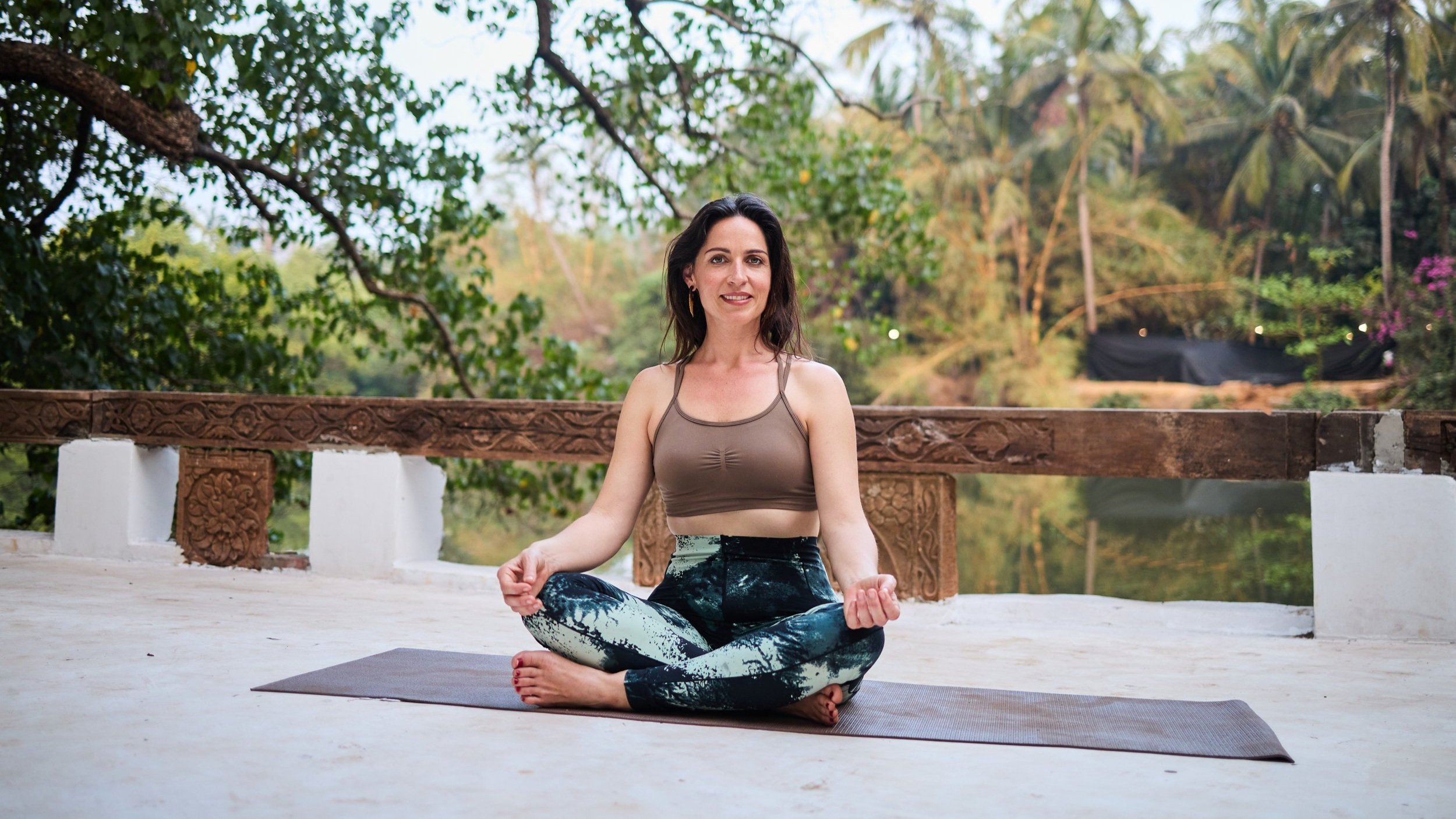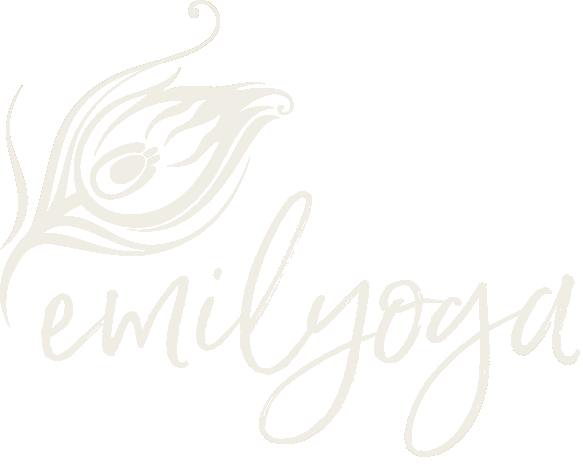
200 hrs Yoga TTC
Module 1
Techniques, Training & Practice (80 Hours
Pranayama theory & practice – 15 hr
In Sivananda Yoga tradition
prāṇāyāma is the bridge between āsana and meditation — a practice to purify the nāḍīs, balance energy, and steady the mind.
Sivananda Prāṇāyāma & Cleansing System
Category Techniques Primary Function Classical Source
Śatkarmas (Cleansing)Neti, Kapālabhāti, NauliPurify body & nadīs Haṭha Yoga Pradīpikā II.22–II.37
Main Prāṇāyāmas Nādī Śodhana (Anuloma Viloma), Ujjāyī, Śītalī / Śītkārī, BhastrikāBalance, heat or cool prāṇaHaṭha Yoga Pradīpikā II.44–II.68
Bandhas (Locks) Jālandhara, Uḍḍīyāna, MūlaControl prāṇa flowHaṭha Yoga Pradīpikā III.55–III.75
Kapālabhāti (Shining of the skull)
Type: Śatkarma (cleansing), not prāṇāyāma.
Purpose: Purifies lungs, nasal passages, and awakens energy.
Technique:
Sit steady, spine upright.
Exhale forcefully through the nose, contracting abdomen.
Inhale passively.
Do 3 rounds: 30–90 strokes each.
Classical Reference:
Haṭha Yoga Pradīpikā II.35–36:
“Kapālabhāti cleanses the sinuses and removes diseases due to excess phlegm.”
Sivananda Guidance:
Practice daily before Nādī Śodhana.
Do not strain or use it for heat generation.
Dosha:
✅ Kapha ↓ | ⚠️ Vata neutral | 🚫 Pitta ↑ (overheating)
Nauli (Abdominal Churning)
Type: Śatkarma.
Purpose: Cleanses and strengthens abdominal organs, massages digestive fire.
Technique:
After full exhalation, perform Uḍḍīyāna Bandha (abdomen drawn in and up).
Isolate central muscles (Madhyama Nauli).
Gradually learn to roll left/right.
Classical Reference:
Haṭha Yoga Pradīpikā II.33:
“Nauli is the foremost of the haṭha practices. It kindles the digestive fire and removes all disorders of the abdomen.”
Sivananda Guidance:
Only after mastering Uḍḍīyāna Bandha; empty stomach; morning only.
Dosha:
✅ Kapha ↓ | ⚠️ Vata gentle | 🚫 Pitta ↑
Nādī Śodhana (Anuloma Viloma – Alternate Nostril Breathing)
Type: Core prāṇāyāma.
Purpose: Purifies the nāḍīs, balances solar and lunar currents.
Technique (Sivananda standard):
Sit steady, left hand in jñāna mudrā, right in viṣṇu mudrā.
Inhale left for 4 counts, hold 16, exhale right for 8 (4:16:8 ratio).
Then reverse sides.
10–15 minutes daily.
Classical Reference:
Haṭha Yoga Pradīpikā II.44–45:
“When the breath flows equally in both nostrils, all diseases are destroyed and the yogī attains steadiness.”
Sivananda Guidance:
Foundation of all prāṇāyāma. Practice after Kapālabhāti.
Begin with no retention (4:8), progress gradually.
Dosha:
Balances all three — Vata, Pitta, Kapha.
Ujjāyī (Victorious Breath)
Type: Mild heating prāṇāyāma.
Purpose: Expands lung capacity, warms body, concentrates mind.
Technique:
Inhale slowly through both nostrils with soft throat constriction (as if snoring).
Feel the air pass along the throat.
Retain if comfortable, exhale through the nose.
Classical Reference:
Haṭha Yoga Pradīpikā II.51–52:
“Ujjāyī draws prāṇa through both nostrils with a hissing sound; it removes phlegm and increases digestive fire.”
Sivananda Guidance:
Practice after Nādī Śodhana or during āsana for concentration.
Dosha:
✅ Kapha ↓ | ⚠️ Vata grounding | 🚫 Pitta ↑ (heating)
Śītalī / Śītkārī (Cooling Breath)
Type: Cooling prāṇāyāma.
Purpose: Cools system, pacifies pitta, calms mind.
Technique:
Śītalī: Curl tongue into a tube; inhale through it, exhale through nose.
Śītkārī: If you can’t roll tongue, inhale through clenched teeth with slight hissing sound.
Classical Reference:
Haṭha Yoga Pradīpikā II.57–59:
“Śītalī quenches hunger, thirst, and fatigue; it cools the body and removes poisons.”
Sivananda Guidance:
Use after heating practices or in hot climate.
Dosha:
✅ Pitta ↓ | ⚠️ Kapha neutral | 🚫 Vata ↑ (can cause chill/dryness)
Bhastrikā (Bellows Breath)
Type: Heating, energizing prāṇāyāma.
Purpose: Increases vitality, clears blockages, awakens prāṇa.
Technique:
Inhale and exhale forcefully through nose, diaphragm pumping rapidly.
After ~20 rounds, inhale deeply, hold briefly (apply bandhas if trained), exhale slowly.
Classical Reference:
Haṭha Yoga Pradīpikā II.64–67:
“Bhastrikā kindles the inner fire, destroys all diseases, and awakens kuṇḍalinī.”
Sivananda Guidance:
Do only when balanced and calm. End with Nādī Śodhana.
Dosha:
✅ Kapha ↓ | ⚠️ Vata grounding | 🚫 Pitta ↑
Bandhas (Energy Locks)
Bandhas are internal “locks” that direct prāṇa flow during or after breath retention (kumbhaka).
Bandha Location Function Classical Ref. (HYP)Sivananda Practice
Jālandhara BandhaThroat lockPrevents upward prāṇa leakage; regulates pressure during kumbhakaIII.55–57Chin to chest, after full inhalation and retention
Uḍḍīyāna BandhaAbdominal lockDraws energy upward; strengthens diaphragm; used before nauliIII.58–60After full exhalation, abdomen drawn in and up
Mūla BandhaRoot lock (perineum)Lifts apāna upward; unites prāṇa & apānaIII.61–63Gentle contraction of pelvic floor during retention
In Sivananda System:
Bandhas are introduced after 3 months of consistent prāṇāyāma.
Combined in advanced practice (Maha Bandha = all three together).
Classical Summary (Haṭha Yoga Pradīpikā Context)
Verse Range Practice Key Teaching II.22–37Śatkarmas (cleansings: neti, dhauti, nauli, kapālabhāti)Purification before prāṇāyāmaII.44–67Prāṇāyāmas (nāḍī śodhana, ujjāyī, sītkārī, bhastrikā, etc.)
Gradual control of prāṇa III.55–75 Bandhas and Mudrās Containment and redirection of prāṇaIV.1–15Dhyāna (meditation)From prāṇa control to mind stillness
Sivananda Daily Sequence
Neti (optional daily nasal cleanse)
Kapālabhāti – 3 rounds
Nauli (optional if trained)
Nādī Śodhana – 10–15 min
Ujjāyī or Bhastrikā (optional depending on energy level)
Śītalī / Śītkārī (optional for cooling)
Bandhas during retention (as appropriate)
Meditation / Japa
-
This section introduces foundational yoga postures, their method of practice, benefits, contraindications, and modifications. Each asana is studied in detail with teaching methodology and alignment principles.
-
-
-

